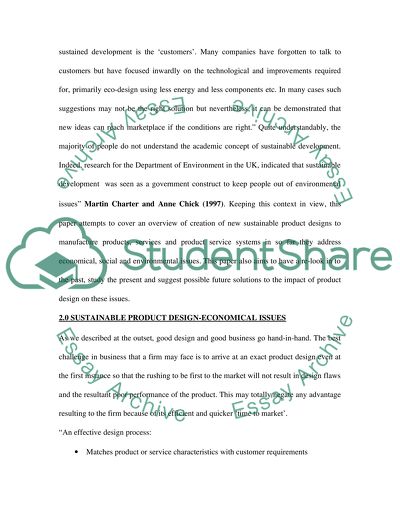Cite this document
(Sustainable Product Design Research Paper Example | Topics and Well Written Essays - 3000 words, n.d.)
Sustainable Product Design Research Paper Example | Topics and Well Written Essays - 3000 words. Retrieved from https://studentshare.org/marketing/1520110-sustainable-design-essay
Sustainable Product Design Research Paper Example | Topics and Well Written Essays - 3000 words. Retrieved from https://studentshare.org/marketing/1520110-sustainable-design-essay
(Sustainable Product Design Research Paper Example | Topics and Well Written Essays - 3000 Words)
Sustainable Product Design Research Paper Example | Topics and Well Written Essays - 3000 Words. https://studentshare.org/marketing/1520110-sustainable-design-essay.
Sustainable Product Design Research Paper Example | Topics and Well Written Essays - 3000 Words. https://studentshare.org/marketing/1520110-sustainable-design-essay.
“Sustainable Product Design Research Paper Example | Topics and Well Written Essays - 3000 Words”, n.d. https://studentshare.org/marketing/1520110-sustainable-design-essay.


